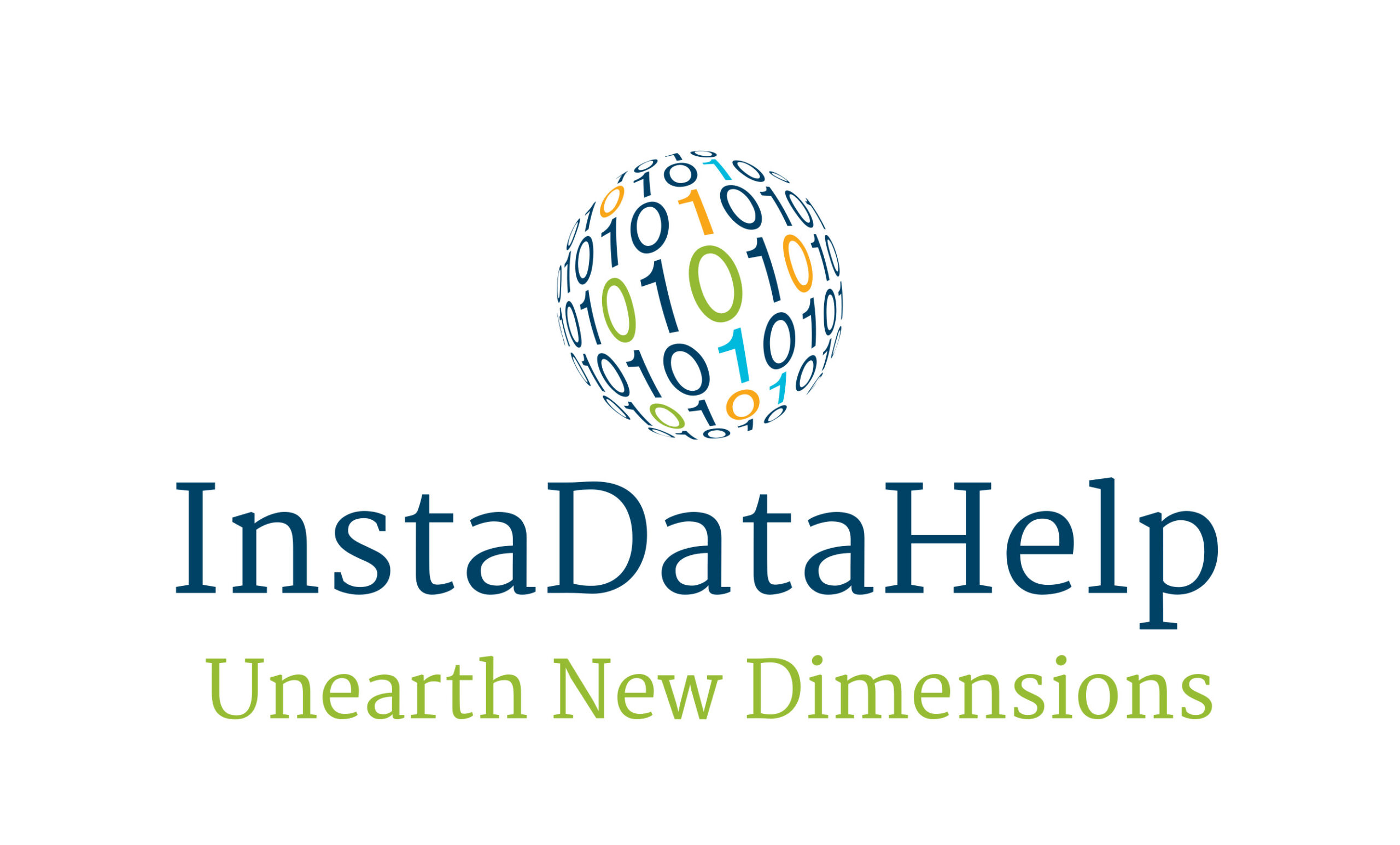Securing the Grid: How Smart Grids are Enhancing Cybersecurity in Energy Networks
Introduction
In recent years, the world has witnessed a significant increase in cyber threats and attacks on critical infrastructure, including energy networks. As the energy sector becomes increasingly reliant on digital technology, the need for robust cybersecurity measures has become paramount. Smart grids, with their advanced monitoring and control capabilities, are playing a crucial role in enhancing cybersecurity in energy networks. This article explores the concept of smart grids and how they are revolutionizing the security of our power grids.
Understanding Smart Grids
A smart grid is an intelligent electricity distribution network that utilizes advanced communication and information technologies to optimize the generation, transmission, and consumption of electricity. Unlike traditional power grids, smart grids enable two-way communication between the utility provider and the end-users, allowing for real-time monitoring and control of energy flow.
Smart grids are built on a foundation of interconnected devices, sensors, and software systems that collect and analyze vast amounts of data. This data is used to make informed decisions, improve energy efficiency, and enhance the overall reliability of the grid. However, this interconnectedness also exposes the grid to potential cyber threats, making cybersecurity a critical aspect of smart grid implementation.
Enhancing Cybersecurity in Smart Grids
Smart grids are designed with cybersecurity in mind, incorporating various measures to protect against potential attacks. Here are some ways in which smart grids enhance cybersecurity in energy networks:
1. Advanced Encryption and Authentication: Smart grids employ robust encryption techniques to secure data transmission between devices and systems. This ensures that sensitive information, such as customer data and control commands, remains protected from unauthorized access. Additionally, strong authentication mechanisms are implemented to verify the identity of devices and users accessing the grid.
2. Intrusion Detection Systems: Smart grids are equipped with sophisticated intrusion detection systems that continuously monitor network traffic and detect any suspicious activities or anomalies. These systems can identify potential cyber threats, such as malware or unauthorized access attempts, and trigger immediate responses to mitigate the risks.
3. Real-time Monitoring and Response: Smart grids enable real-time monitoring of network operations, allowing for the early detection of cyber threats. By continuously analyzing network traffic and system behavior, any abnormal activities can be identified promptly, enabling quick response and mitigation measures.
4. Segmentation and Isolation: Smart grids are designed with segmented networks, separating critical infrastructure from less sensitive components. This segmentation helps contain potential cyber attacks, preventing them from spreading across the entire grid. Additionally, isolation techniques are employed to create secure enclaves within the grid, further protecting critical assets from unauthorized access.
5. Redundancy and Resilience: Smart grids incorporate redundancy and resilience measures to ensure continuous operation even in the face of cyber attacks. By having backup systems and alternative routes for energy transmission, smart grids can quickly recover from disruptions caused by cyber incidents.
6. Regular Updates and Patch Management: Smart grid systems require regular updates and patch management to address vulnerabilities and stay ahead of emerging cyber threats. This includes applying security patches to devices and software, as well as keeping up with the latest cybersecurity standards and best practices.
Benefits of Smart Grids for Cybersecurity
The implementation of smart grids brings several benefits to the cybersecurity of energy networks:
1. Early Threat Detection: Smart grids provide real-time monitoring and analysis capabilities, enabling the early detection of cyber threats. This allows for prompt response and mitigation measures, minimizing the potential impact of attacks.
2. Enhanced Situational Awareness: Smart grids provide utilities with a comprehensive view of their network operations, allowing them to identify potential vulnerabilities and proactively address them. This increased situational awareness helps in preventing cyber attacks before they occur.
3. Improved Incident Response: Smart grids enable utilities to respond quickly and effectively to cyber incidents. With real-time monitoring and automated response systems, utilities can isolate affected areas, contain the attack, and restore normal operations in a timely manner.
4. Data-driven Security: Smart grids generate vast amounts of data that can be analyzed to identify patterns and anomalies indicative of cyber threats. By leveraging advanced analytics and machine learning algorithms, utilities can proactively detect and prevent potential attacks.
Conclusion
As the energy sector continues to evolve, the importance of securing our power grids against cyber threats cannot be overstated. Smart grids, with their advanced monitoring and control capabilities, are revolutionizing the cybersecurity of energy networks. By incorporating robust encryption, intrusion detection systems, real-time monitoring, and other cybersecurity measures, smart grids are enhancing the resilience and reliability of our power infrastructure. As we move towards a more connected and digitized energy landscape, the adoption of smart grids will play a crucial role in safeguarding our critical infrastructure.


Recent Comments